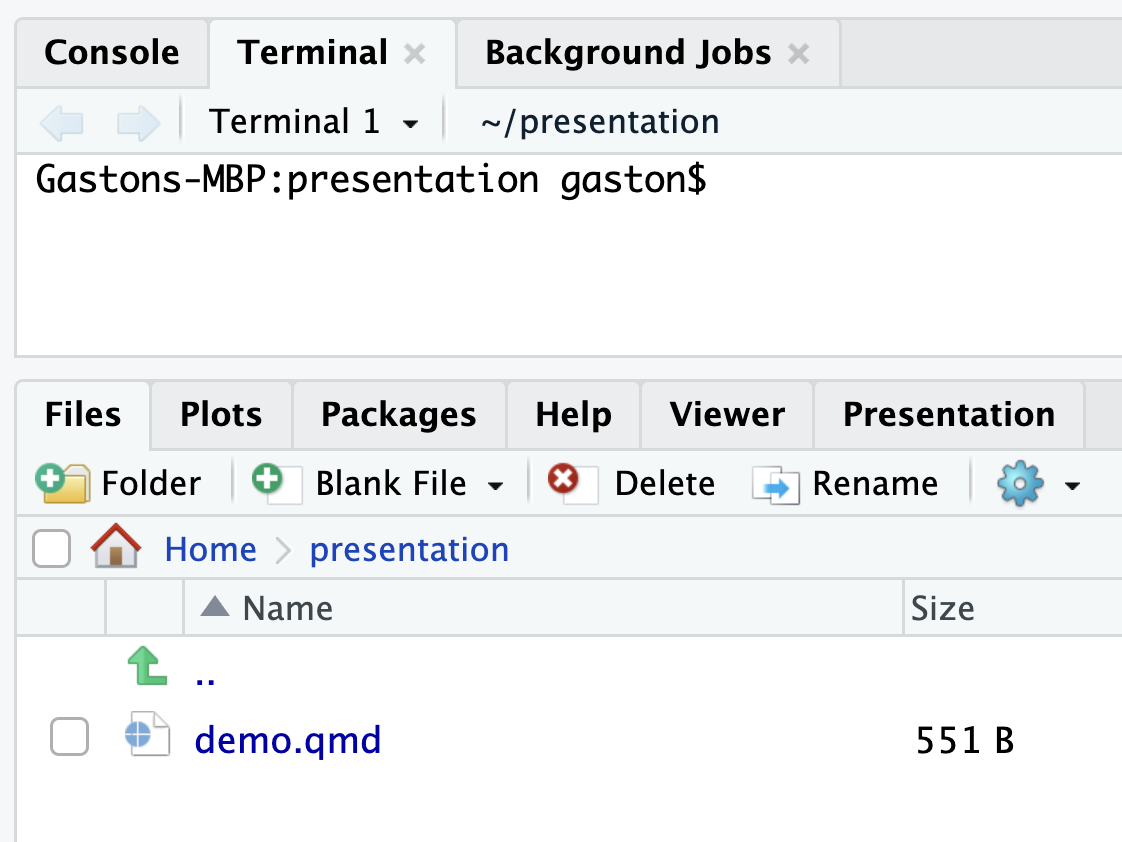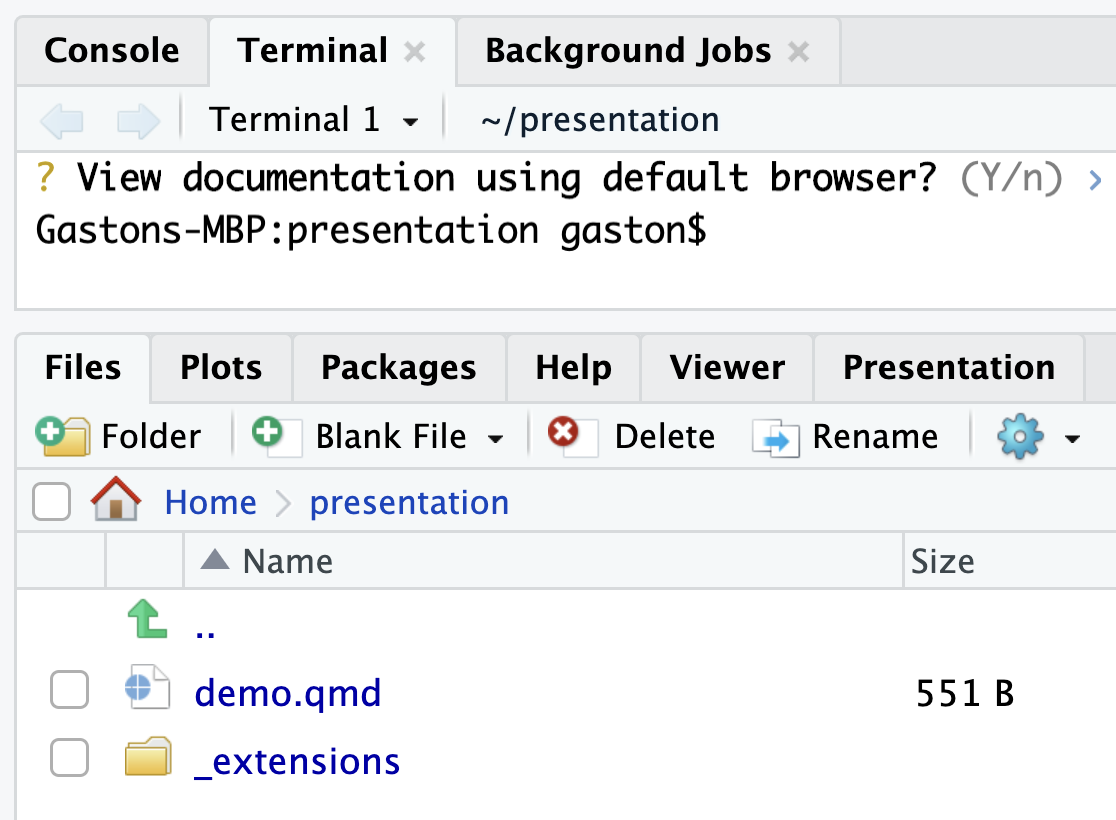1) Setup
In order to use Closeread you need to make sure you have the following tools:
Text Editor
Quarto
Closeread
Let’s review each of these items.
Text Editor or IDE
You’ll benefit the most from Closeread if you use a robust text editor or some integrated development environment (IDE). At the time of this writing, perhaps one of the most popular text editors is Visual Studio Code, or VS Code for short. Occasionally, I use VS Code but my tool of preference is Posit’s IDE RStudio. Alternatively, there is another interesting IDE called Positron which is also being developed by Posit. Last but not least, there is also Jupyter.
This list of editors and IDEs is not extensive by any means, but it’s the tools that I recommend. Below are the links to these tools in case you want to learn more about them and/or download them.
Given that most of my students use either RStudio, Jupyter or VS Code, this is what I will also assume about you and the rest of the readers of this website. In particular, for those examples that involve R code, I rely on the assumption that you are using RStudio.
Quarto
The second tool that you need is Quarto. Simply put, Quarto is an open-source scientific and technical publishing system. In case you are curious, its development is supported by Posit, which is also behind the development of RStudio and Positron.
If you are using RStudio, you are all set to go. However, if you are only using VS Code, then you will need to install Quarto. The installation is fairly straightforward, and the software can be installed from the following link:
https://quarto.org/docs/get-started/
I’m assuming that you are familiar with Markdown, and the use of quarto documents and .qmd files.
It that is not the case, then take a look at the section “Markdown Basics” for how to author quarto documents.
Closeread
Assuming that you have Quarto installed in your computer, or that you are using RStudio, the last setup step you need is to install Closeread.
Keep in mind that Closeread is a Quarto extension. What is a quarto extension? Extensions are to Quarto what packages are to R, LaTeX, or Python.
Extensions are a powerful and convenient way to modify and extend the behavior of Quarto. And as you can imagine, you can create your own quarto extensions. If this is something you are interested in, check this link: https://quarto.org/docs/extensions/creating.html.
How to install closeread
Installing Closeread is painless and super simple. All you need to do is run the following command—via the Terminal—in the directory you wish to use it:
Terminal
quarto add qmd-lab/closereadWhat’s going on in this command? We are telling quarto to add or install—in the current directory—the extension closeread which is hosted in github’s qmd-lab repository.
Installation Example
For instance, say I’m working on a small project—perhaps some presentation or a demo—for which I’m planning to use Closeread. To make things less abstract, assume that I’m working with RStudio, and that my working directory is set to the presentation directory containing a quarto markdown file demo.qmd. The figure below depicts the file structure of this directory. Notice that the figure also shows the Terminal tab, and the working directory is presentation/.

Step 1) To install Closeread, I need to type the following command in RStudio’s Terminal:
quarto add qmd-lab/closeread
Step 2) After executing this command, I’m prompted with the following question:
? Do you trust the authors of this extension (Y/n) › Type Y or y and hit return. This downloads Closeread, with the following messages displayed on the terminal:
? Do you trust the authors of this extension (Y/n) › Yes
[✓] Downloading
[✓] Unzipping
Found 1 extension.
Step 3) Then I’m prompted again to confirm the changes:
The following changes will be made:
closeread [Install] 1.0.1 (format)
? Would you like to continue (Y/n) › Type Y or y again, and press the return key.
The following changes will be made:
closeread [Install] 1.0.1 (format)
? Would you like to continue (Y/n) › Yes
[✓] Copying
[✓] Extension installation complete
Step 4) The last question is whether I want to view the documentation using my default browser. This is purely optional, and I usually say yes.
? View documentation using default browser? (Y/n) ›
Once the installation is completed, a new folder with the name _extensions appears in my working directory, as shown in the figure below:

That’s it! 😃 My presentation/ project is now equipped with the quarto Closeread extension.